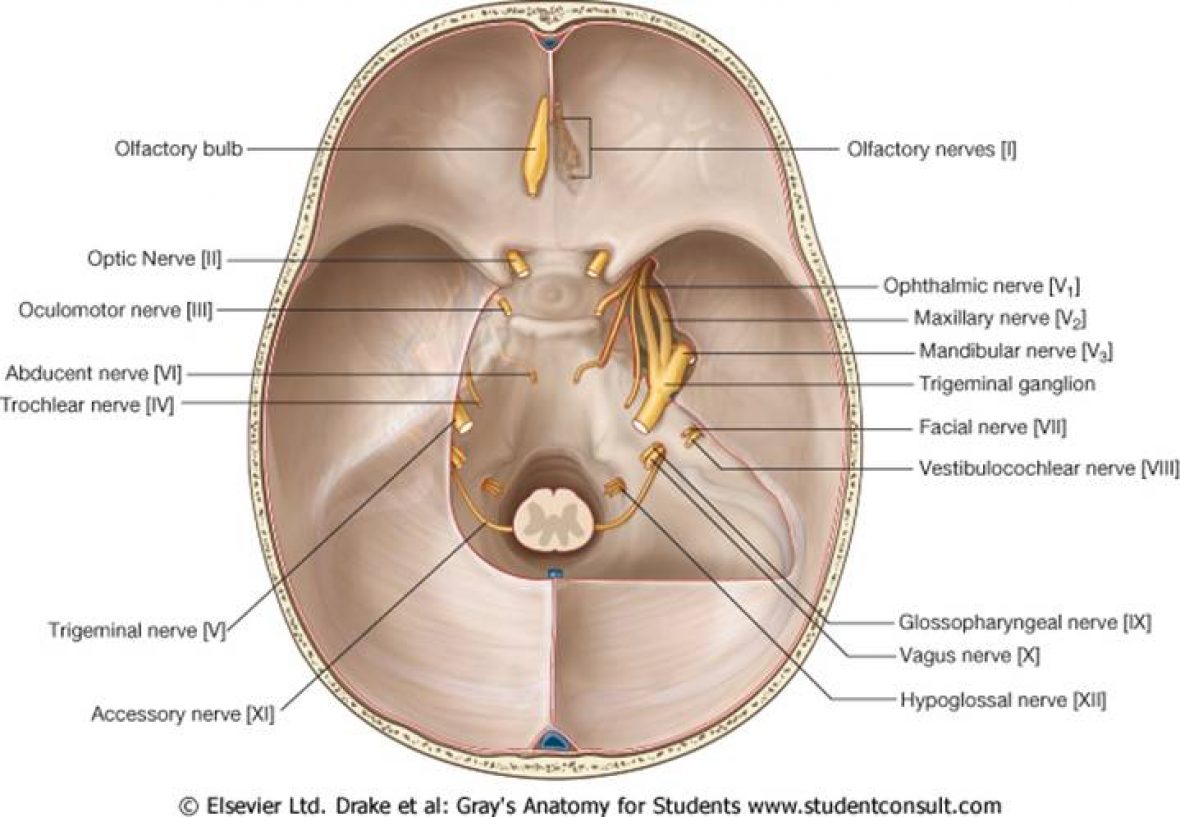This is a very serious neurosurgical condition. Cerebral abscess may present as an extra-dural abscess, subdural empyema or an intrinsic lesion in the brain
Risk Factors:
- Immunocompromised state e.g HIV
- Sinuses infection. Frontal sinusitis can extend posteriorly, via direct penetration via the dura or infected thrombus that spreads via the emissary veins
- Middle ear infections can spread to the temporal lobe or cerebellum. Note that patients with Necrotizing Otitis Externa are in particular risk of intra-cranial abscess formation
- Basal Skull Fracture
- Dental Infection
- Compound Depressed Skull Fracture
- Bacterial Infective Endocarditis
- Lung Abscess
Organisms:
- Middle Ear Infections- Streptococcus Milleri, Bacteroides Fragilis, E.Coli, Strep Pneumonia
- Sinus- Strep Milleri, Strep Pnuemonia
- Haematogenous- Strep Milleri, Staph Aureus, Strep Viridians
- Immunocompromised- Cerebral Abscess, Candida, Aspergillosis
Effects of Cerebral Abscess
- Sepsis
- Raised Intra-Cranial Pressure due to mass and surrounding vasogenic oedema
- Intra-ventricular rupture
- Focal Neurology- e.g temporal lobe abscess presenting with superior quadrantinopia
- Meningitis- if extension to cortical surface
- Seizures
Differential Diagnosis (MAGIC-DR) for a Ring-Enhancing Lesion
- Metastasis
- Abscess
- Glioblastoma Multiforme
- Infarct
- Contusion
- Demyelinating disease
- Radiation Histiocytosis/Resolving Haematoma
Radiology
The formation of an abscess undergoes different transformation from early cerebritis>>>capsular formation>>>healed abscess
The key radiological investigation to differentiate between a tumour and an abscess is an MRI Diffusion Weighted Image Scan. Diffusion weighted MRI scan indicates the degree to which water molecules diffuse out of cells. Diffusion is typically restricted in a cerebral abscess producing a hyperintense lesion on an MRI. Diffusion does not tend to be restricted in tumours producing a hypointense lesion.
Abscesses may have a smooth outer ring, which may also appear hypointense on t2 weighted MRI scan.

Investigations
- CT scan
- MRI scan
- Regular Blood tests
- OPG- Dental Caries need Max Fax Opinion
- ECHO
- Chest X-Ray
- CT Sinuses
- ENT Opinion- if any signs of middle ear infections, can order CT Petrous Temporal Bones
- CT CHEST ABDO PELVIS- can rule out metastasis but importantly if required can also distinguish the source of the intra-cranial pathology
Management
- IV Antibiotics minimum of 6 weeks with patients with Microbiology
- Serial CT scans to look for progression or regression of abscess
- Dexamethasone+ PPI- has shown to reduce vasogenic oedema and reduce the rate of abscess formation
- Surgical management- Burr Hole Drainage of Abscess or via Craniotomy and excision of abscess (primarily management for cerebellar abscess). Note in the early stages of cerebritis IV Antibiotics maybe the mainstay of management but once the capsule has formed antibiotics may not penetrate capsule
Subdural Empyema’s occurr less frequently than cerebral abscess and arises from sinusitis and mastoiditis. The common organisms include Strep Milleri, Strep Pneumonia, and Staph Aureus. They most commonly present with seizures and with a mortality of 20%.
Management would include: Burr Hole evacuation or a craniotomy flap
CT Scan showing a cephalic haematoma and a subdural collection. Note in a sinus infection if it causes osteomyelitis of the bone can produce a soft tissue swelling called a Potts Puffy Tumour


